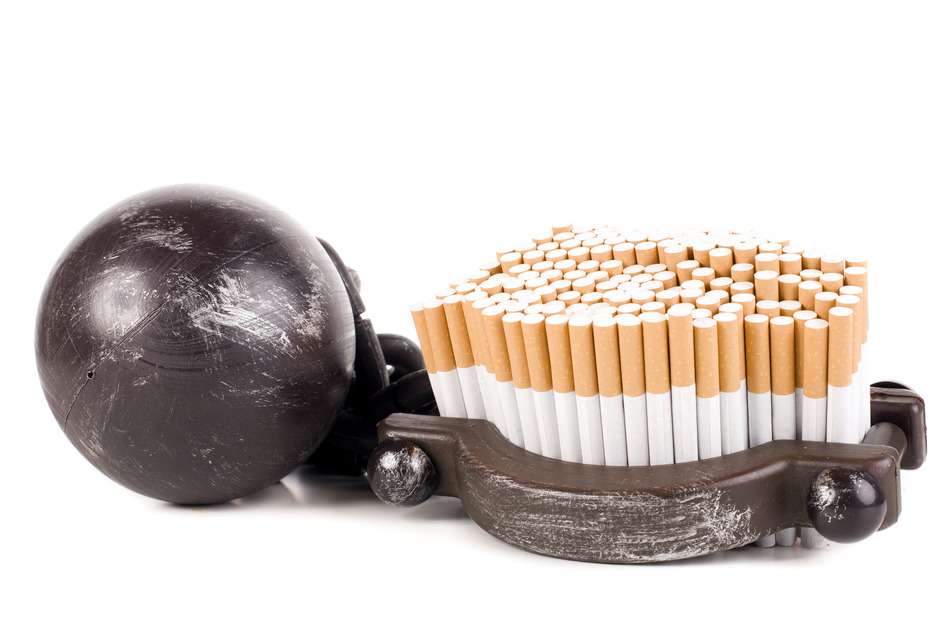Solving Alcohol and Drug Addiction
In the U.S., ten percent of the population consumes half the alcohol. Many people who are either heavy users or dependent upon alcohol and sedative substances have tried unsuccessfully to “cut down” or to stop. Treatment programs and education have helped many people, but the overall outcome percentages are not impressive (sometimes under ten percent). It is little wonder that most Americans believe that alcohol and drug problems are virtually hopeless conditions. With all the scientific breakthroughs, why isn’t there a product that helps eliminate cravings for alcohol and drugs, is safe to take, has few if any side effects, evens out mood swings, decreases sleep problems, helps prevent the damage to the liver and other organs caused by these substances, and greatly improves the chances of sobriety for those who should stop their use completely? We at Nutrenergy would like to introduce you to a totally natural supplements in the Power Recovery Nutrient Paks, which can offer an answer to these questions and which has already changed the lives of thousands of people who have a tendency to abuse alcohol and drugs.
Why do alcohol and drugs injure us? Most people are surprised to find out that the long term injury caused by these substances has more to do with their breakdown products, call “metabolites,” than with the original substance itself. Some of these metabolites are called “free radicals,” and they injure tissues, cellular components, and even our DNA. This injury leads to higher rates of cancer, vascular disease, immune disorders and cirrhosis. So any supplement designed to help people who have a tendency to abuse alcohol or drugs must first of all have a wide array of antioxidants to prevent or lessen free radical injury.
If heavy alcohol and drug use have the potential to cause medical, interpersonal, social, and vocational problems, why do some people have such a hard time stopping? Alcohol and drugs, like all mood-altering agents, achieve their effects on our moods by stimulating and replacing certain natural “feel-good” brain chemicals, called “neurotransmitters.” When the alcohol or drugs are cleared from our bodies and brains, we must re-synthesize these depleted natural neurotransmitters from nutrients in our diets. For a variety of reasons, some of us don’t restore our “feel-good” brain chemistry as well as others. This persisting imbalance of brain chemistry is what causes cravings, mood swings, irritability, and sleep problems. We are then compelled to replace the deficiency temporarily by using more alcohol or drugs, which only perpetuates and worsens the problem.
What predisposes some of us to this imbalance of brain chemistry? One factor is genetics. Some of us simply don’t resynthesize the neurotransmitters as well as others, because our genes inefficiently encode for the enzymes which generate these chemicals. Some of us may have the genes to do it, but we lack the dietary amino and fatty acid precursors, vitamins, and minerals that are made into these particular brain chemicals. Some of us even have the right genes and nutrition, but we use up our neurotransmitters so fast by living high stress lifestyles that we don’t replace them in time to maintain enduring feelings of well being. Finally, some of us have adequate genes, good nutrition, and reasonably healthy lifestyles, but we lack loving support systems to give our lives purpose and meaning. This is a special kind of stress that further erodes those neurotransmitters that are in our brains to buffer us against the occasional stress, dietary indiscretion, or isolation. Whatever the cause of depletion, the biochemical deficiency creates an urge or compulsion for an artificial and temporary solution.
In its most extreme and chronic form, this is called alcoholism or drug addiction. The compulsion can be virtually unstoppable unless the biochemistry is rapidly restored with depleted nutrients.
Since we now know that the problem is caused by an imbalance in brain chemistry, and we know which drugs deplete which neurotransmitters, and we also know which nutrient raw materials the brain uses to synthesize which neurotransmitters, the solution is obvious! Use the proper nutrients, and it becomes much easier to deal with the problem. Treatment programs that use this technology have dramatically better outcome rates than those who do not. Even if you are not in treatment, we recommend that you use the Power Recovery Nutrient Paks anyway, if alcohol or drugs are causing problems in your life. The important thing is, don’t blame yourself if you struggle to get a handle on this problem. You are not responsible for your genetic predisposition, and you probably were never told the problem was biochemical. This is not a moral issue, nor even primarily a psychological one, in spite of the fact that many people, even professionals who treat it, see it in these ways. Nor can it be corrected by replacing one destructive chemical with another. Mother Nature dictates that you can only rebalance yourself the way she says. Lucky for us, the technology now exists to correct the problem.
The third way in which the Power Recovery Nutrient Paks are helpful for overuse of alcohol and drugs is to assist in the restoration of the gastrointestinal tract. You probably know that alcohol causes major havoc in the stomach, intestines, pancreas, and liver, even in people who have no major symptoms. The Power Recovery Nutrient Paks also have a cutting-edge combination of glycolipids to repair damaged tissues, acidophillus to restore the friendly gut bacteria, and pantethine and other growth factors to get the bacteria growing. Sometimes there may be some gas, bloating, or loose stools with this product, because it is “cleaning out” the unfriendly inhabitants in your gut that had overgrown due to alcohol, stress, or poor diet. Just cut the dose down for awhile, until these harmless and self-limiting symptoms are manageable, and, as your GI flora grow healthier, you will be able to tolerate a higher dose.
Remember that the health of your digestive tract has a lot to do with your overall health and sense of well being. If these symptoms occur, notice how good you feel in spite of them. The elimination of toxic microorganisms generally makes people feel healthier in the long run.
Article written by Dr. Chas Gant, M.D., Ph.D.
The suggested product is not intended to diagnose, prevent, cure, or treat any disease. These statements have not been evaluated by the Food and Drug Administration. Consult your healthcare provider before taking nutritional supplements of any kind.



